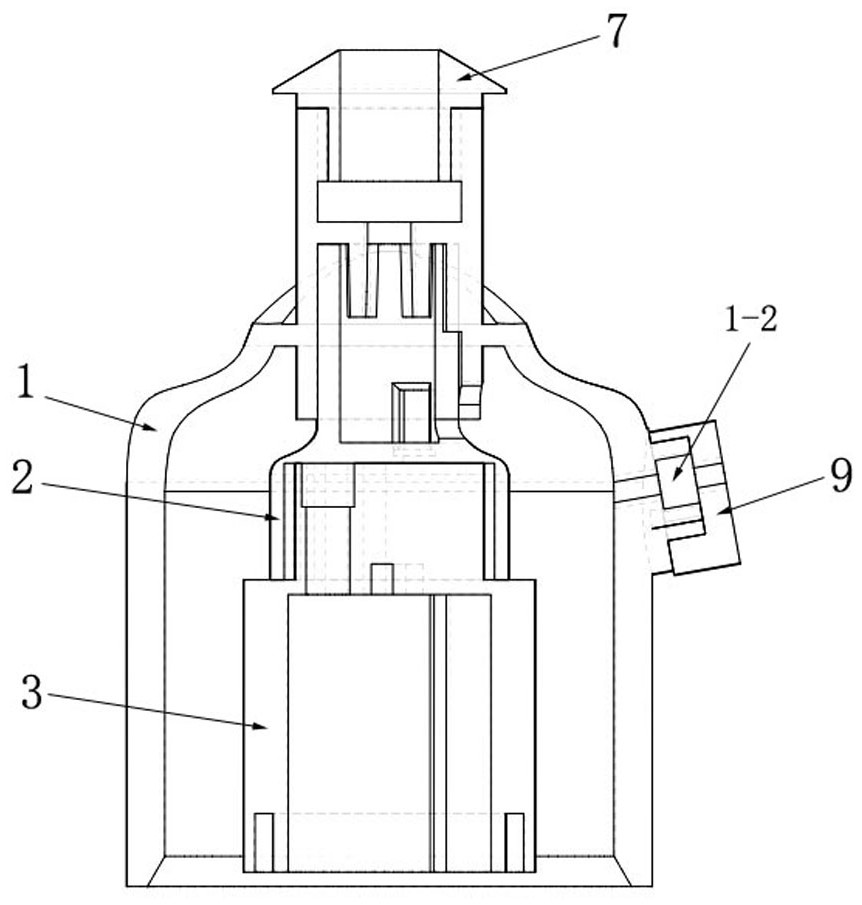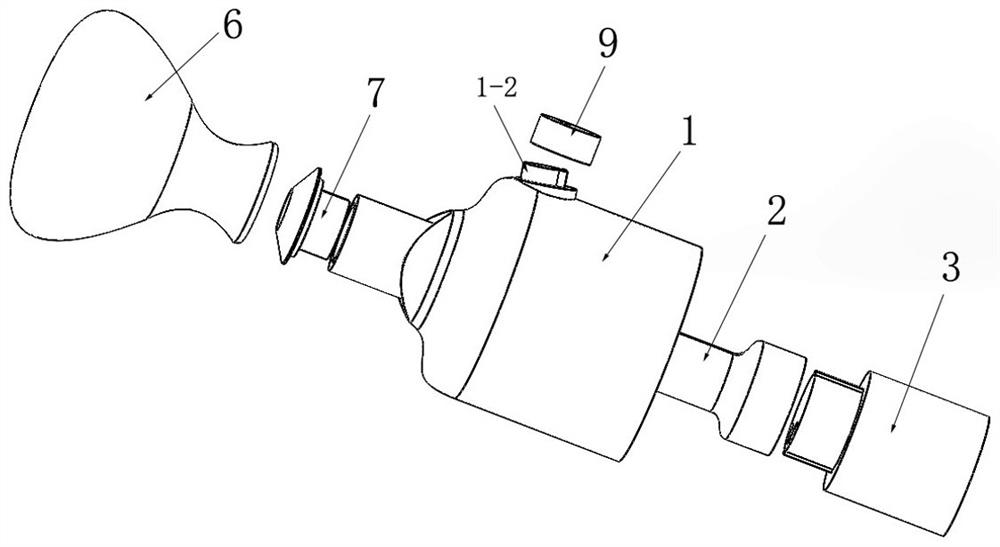Magnetic induction type electronic stethoscope probe based on MEMS technology
An electronic stethoscope and magnetic induction technology, applied in the field of sensors, can solve the problems of filtering and noise reduction of the back-end processing circuit, the loss of pathological research significance of the heart sound signal, and the large frequency overlap area, so as to improve the anti-interference ability and small size Beautiful and well-structured effect
- Summary
- Abstract
- Description
- Claims
- Application Information
AI Technical Summary
Problems solved by technology
Method used
Image
Examples
Embodiment Construction
[0038] In order to enable those skilled in the art to better understand the present invention, the present invention will be further clearly and completely described below in conjunction with reference to the accompanying drawings and in conjunction with embodiments. It should be noted that, in the case of no conflict, the embodiments in the present application and the features in the embodiments can be combined with each other.
[0039] A kind of magnetic induction electronic stethoscope probe based on MEMS technology, such as figure 1 , 2 , 3, including heart sound probe housing 1, connector 2, chip packaging housing 3, MEMS acoustic sensor microstructure 4, sensing film 5 and negative pressure capsule 6.
[0040] like Figure 4 , 5As shown, the heart sound probe housing 1 includes a first cylindrical housing 1-1 with an open bottom and a closed top. The shell wall of the first cylindrical housing 1-1 is provided with a wire hole 1-1 communicating with its inner cavity. ...
PUM
 Login to View More
Login to View More Abstract
Description
Claims
Application Information
 Login to View More
Login to View More - R&D
- Intellectual Property
- Life Sciences
- Materials
- Tech Scout
- Unparalleled Data Quality
- Higher Quality Content
- 60% Fewer Hallucinations
Browse by: Latest US Patents, China's latest patents, Technical Efficacy Thesaurus, Application Domain, Technology Topic, Popular Technical Reports.
© 2025 PatSnap. All rights reserved.Legal|Privacy policy|Modern Slavery Act Transparency Statement|Sitemap|About US| Contact US: help@patsnap.com



